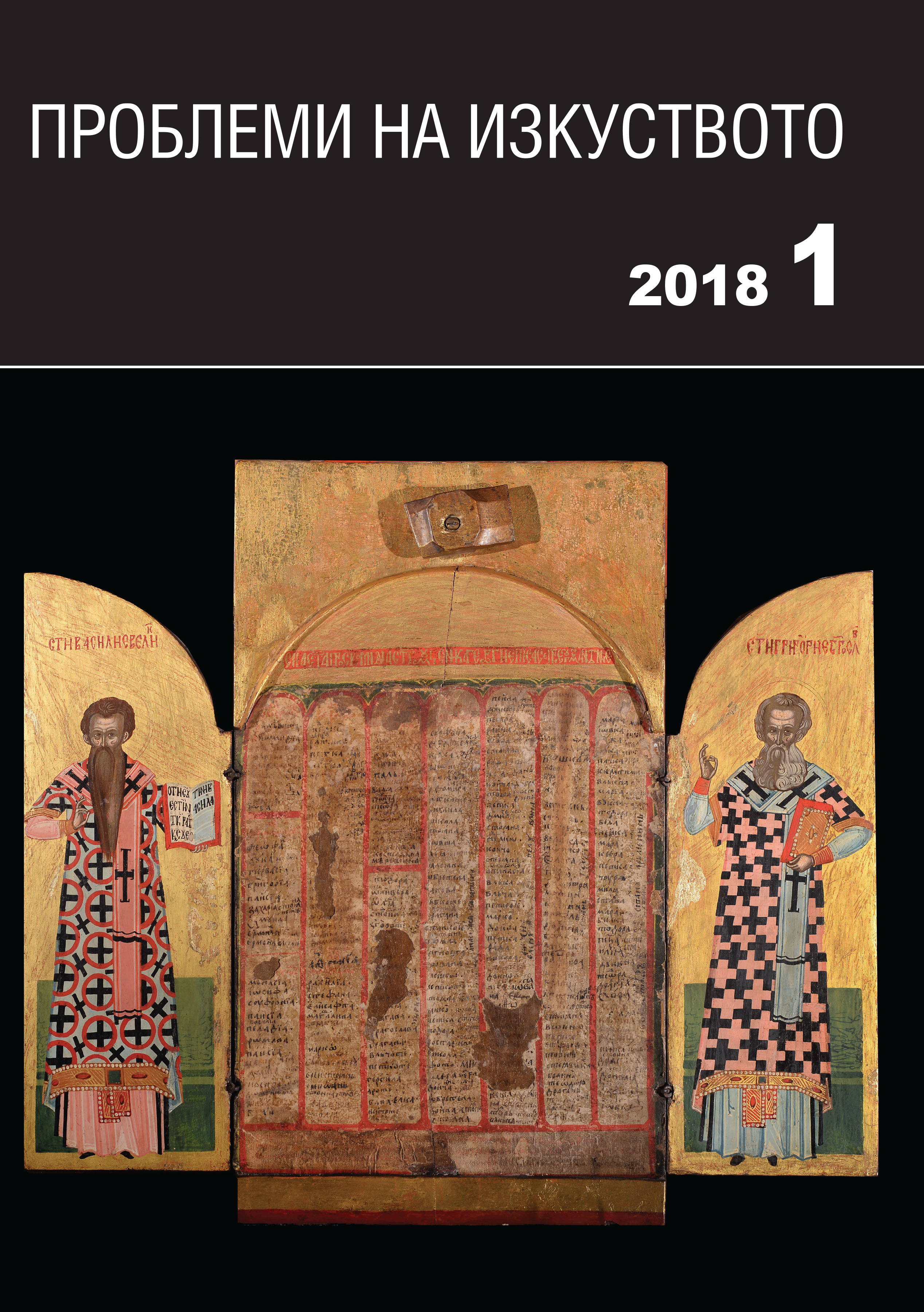Кратово като културен и художествен център през втората половина на XV и през XVI век
Kratovo’s development as a cultural and artistic center in the second half of 15th and in 16th centuries
Author(s): Maya ZaharievaSubject(s): History, Fine Arts / Performing Arts, Middle Ages, 15th Century, 16th Century
Published by: Институт за изследване на изкуствата, Българска академия на науките
Summary/Abstract: The article traces out Kratovo’s development as a cultural and artistic center in the second half of the 15th and in 16th centuries. The analysis begins with a historical part presenting the main reasons for the flourishing of the town and its importance in the Ottoman Empire. The personality of Mara Branković and her role as a patron and protector of the Balkans have an important part in its development in the second half of the 15th century. The text also presents the significance of Kratovo as one of the main literary centers in the post-Byzantine period and some aspects in the propagation of the cult of the Balkan saints. A group of monuments of monumental painting attributed by a number of researchers to the Kratovo artistic center is also analyzed. In 15th-16th centuries, Kratovo becomes one of empire’s big commercial centers which contributes to its transformation into a center of a number of men of letters and clerics. In this period the cultural life is concentrated in monasteries and churches situated in the western parts of the Ottoman Empire. The reason for that is the political and economic development of the region, on the one hand, and, on the other, the proximity to Serbia which was still an independent stated until the middle of the 15th century. In the second half of the 15th century, the need to preserve the Orthodox centers arose on the Balkans. This tendency is clearly visible from the stated historical data, which emphasize the important role of Mara Branković for the realization of a number of political and religion events related to the support for the Orthodox centers on the Balkans. She preserved the traditions inherited from the Middle Ages by which the monasteries developed some cults of the Balkan saints and the veneration for their monasteries. The moving of John of Rila’s relics from Veliko Tarnovo to the Rila Monastery is one of the most important events in the second half of the 15th century. Several decades later the cult of the Balkan saints intensified after St. George of Kratovo [St. George the New of Sofia], St. Nicholas the New of Sofia and St. George of Sofia the Newest died as martyrs. The contacts of Kratovo with other important and strategic centers in the empire influence the town’s cultural life. An example of that is, first and foremost, Mount Athos, a center attracting icon-painters and men of letters over the entire post-Byzantine period, and also Sofia. Local feudal lords who developed the artistic and literary activity in the region by their donations are another important factor.
Journal: Проблеми на изкуството
- Issue Year: 2018
- Issue No: 1
- Page Range: 36-46
- Page Count: 11
- Language: Bulgarian
- Content File-PDF

